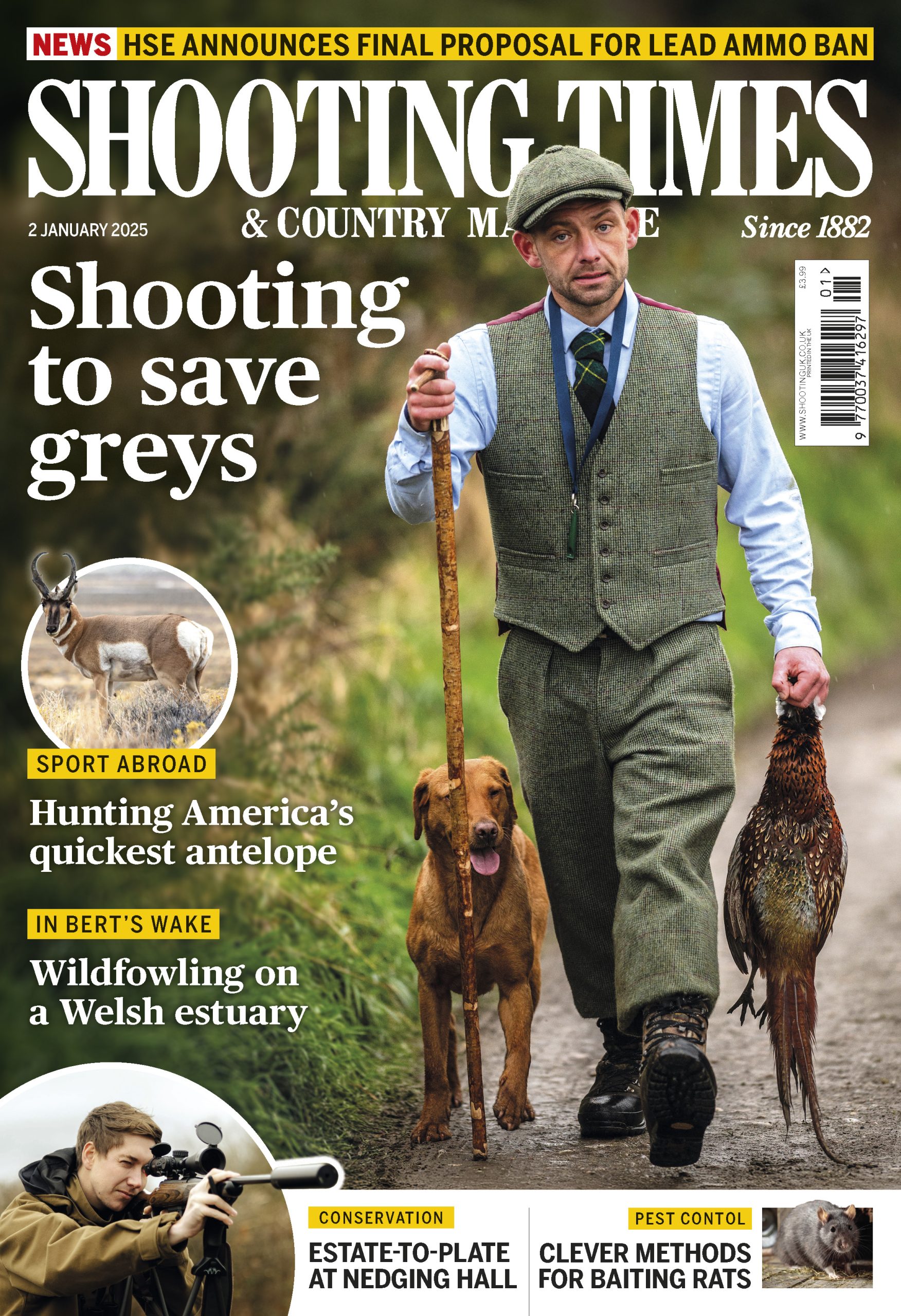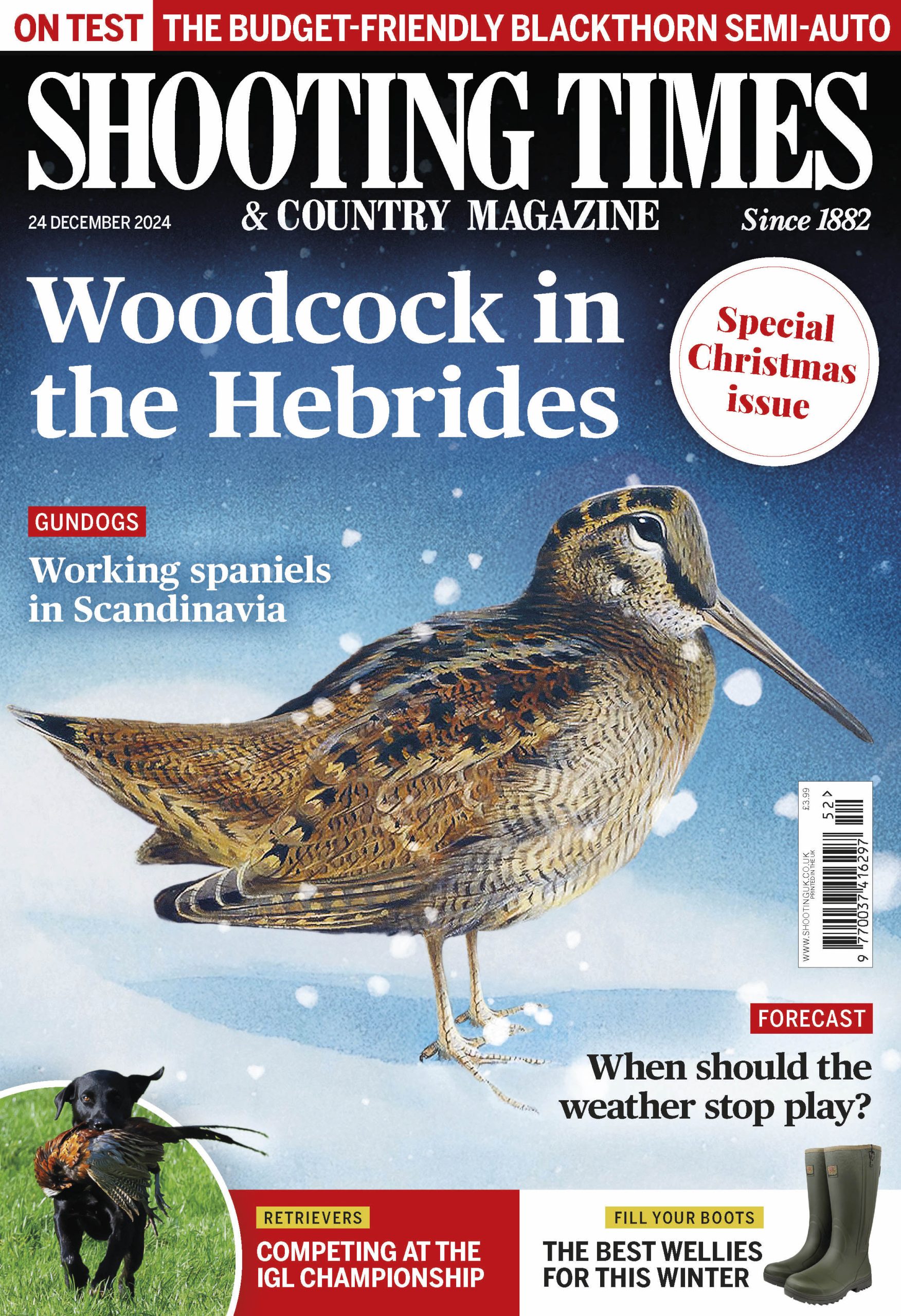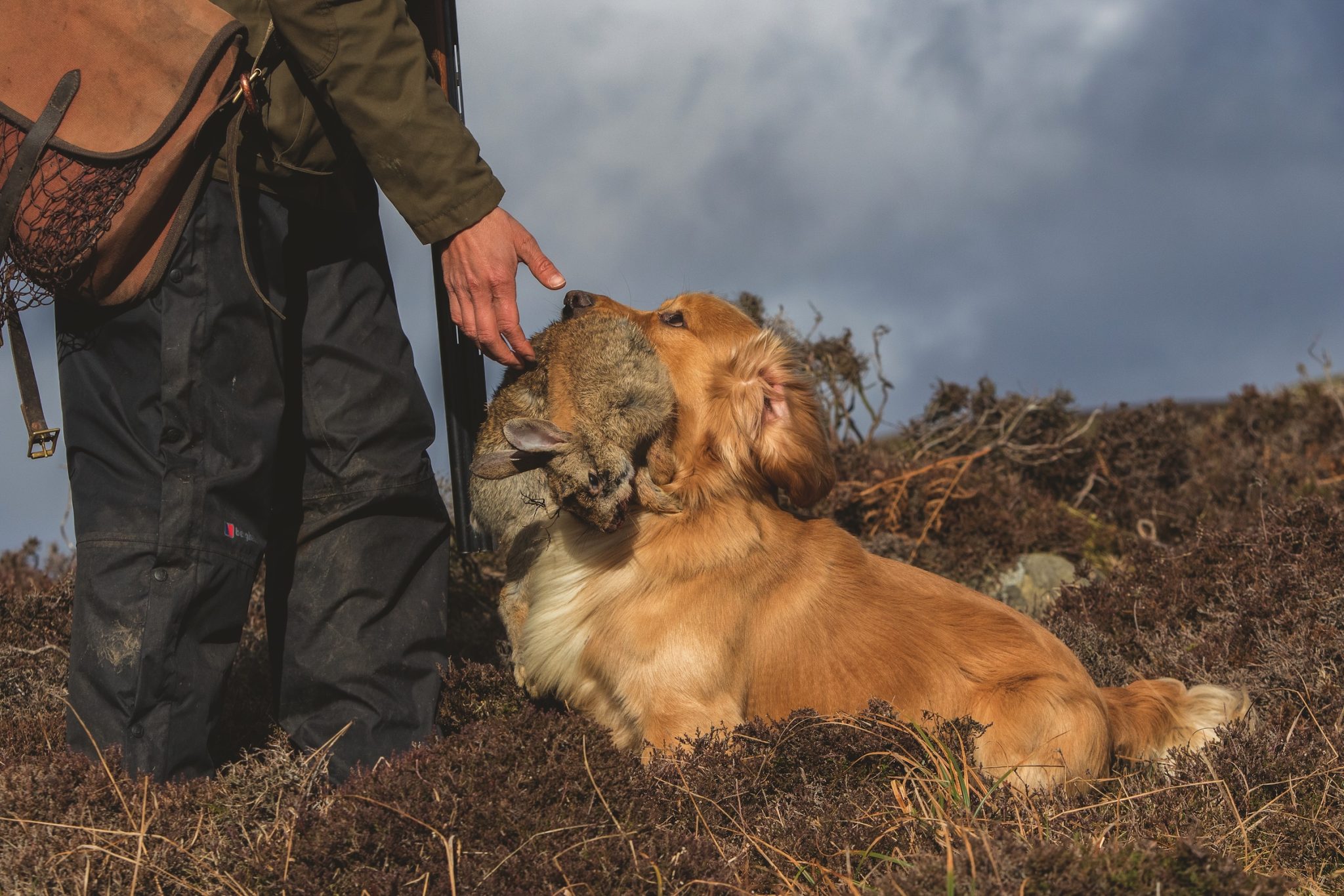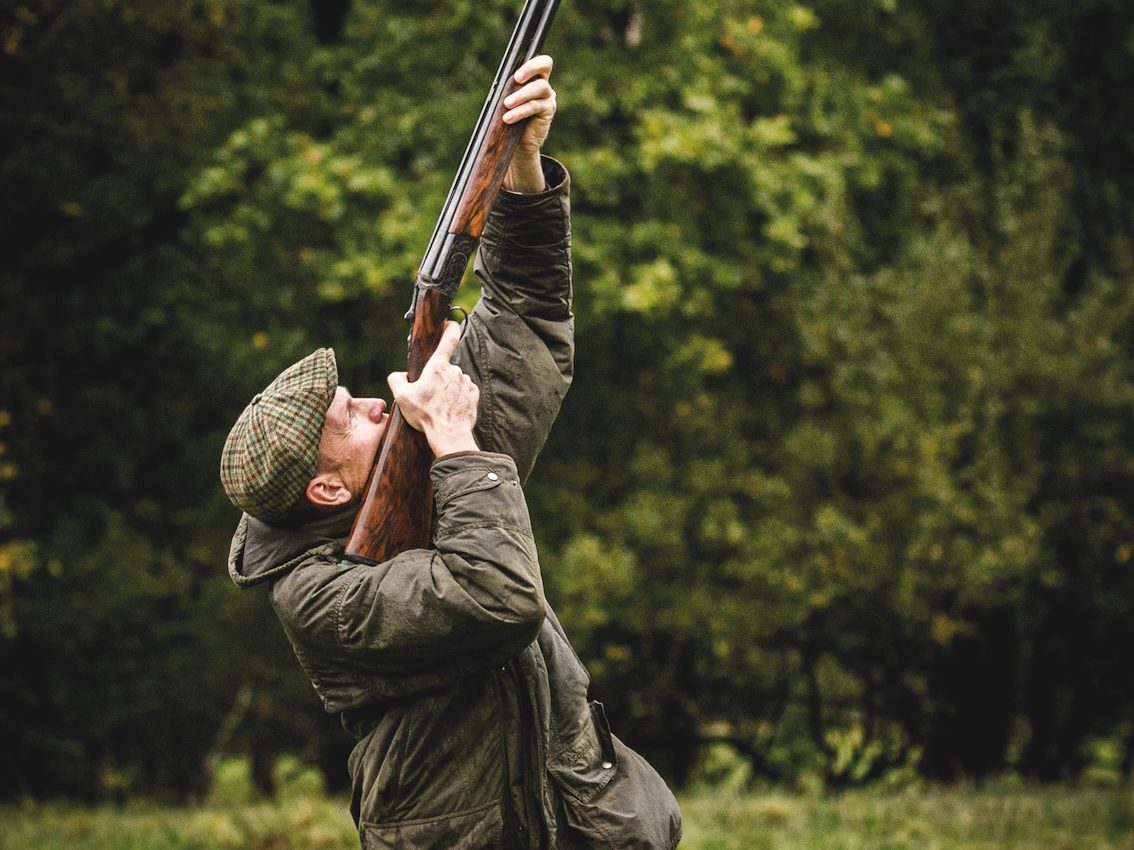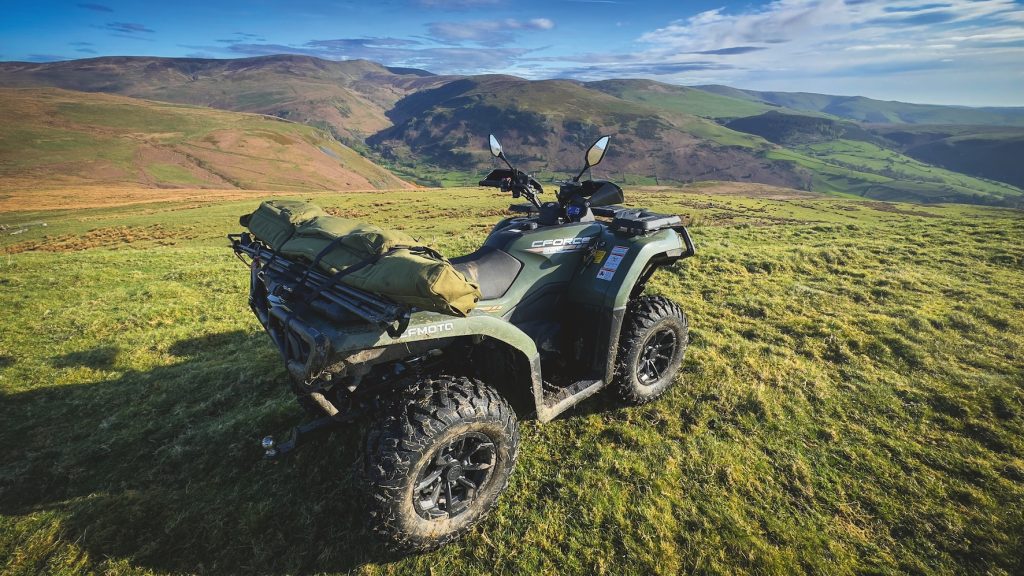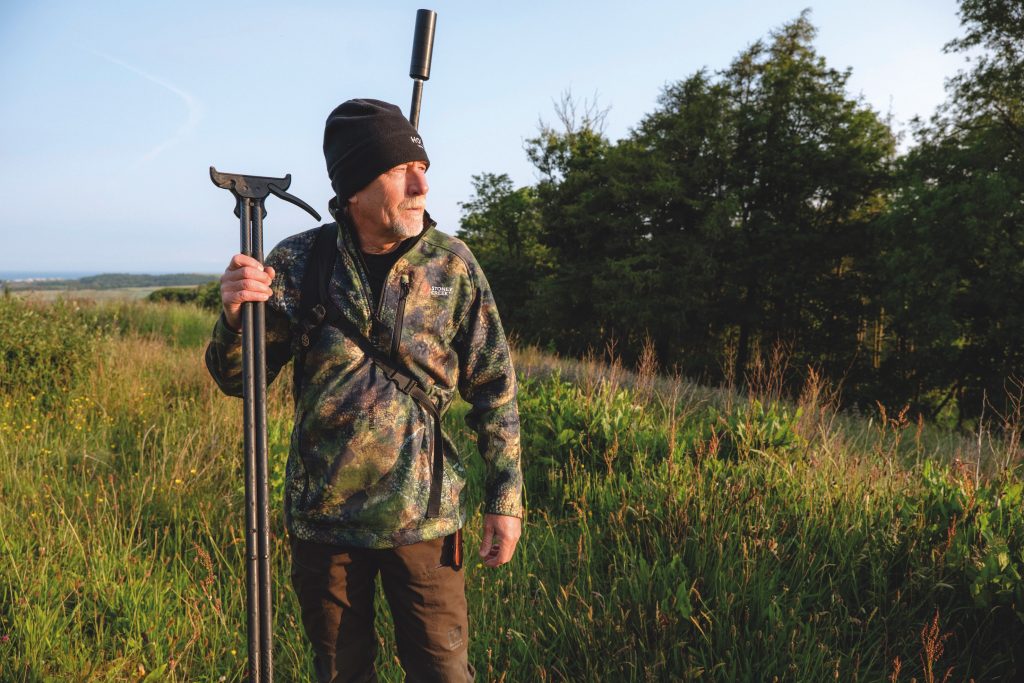Win CENS ProFlex DX5 earplugs worth £1,149 – enter here
It’s an extra set of eyes, day and night
A trail cam is an invaluable tool for learning what’s on your patch and, even more importantly, what it’s doing, as Will Pocklington discovers
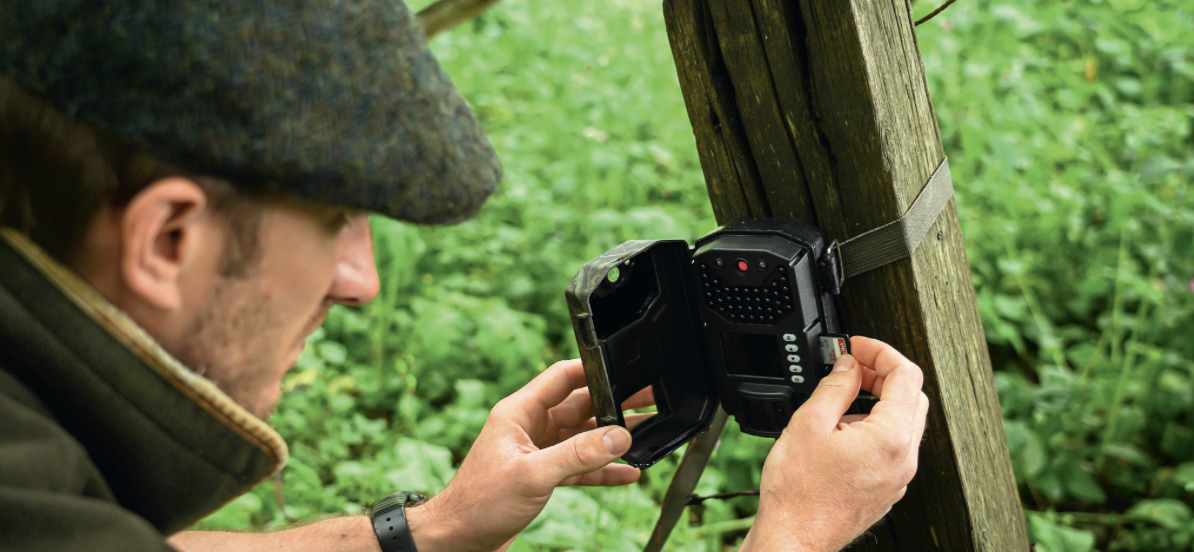
Four sharp pinks from a blackbird and the roe doe froze, ears strained, tongue flashing across her nose. Then she was off. A minute later an unfamiliar man lumbered into view, trampling clumsily through the thick bankside grass. The nearest footpath was a few hundred yards away.
It was one of the more eventful – and frustrating – clips I’d viewed on my phone at the breakfast table, morning coffee in hand. While eating my first round of toast, I’d enjoyed watching a green woodpecker pecking about in the bare earth at the base of an old hawthorn. Badgers, hares, grey squirrels, a fox, a roebuck and several muntjac had also made an appearance – all in that same spot at some point during the week. Perhaps they were nearby when the lost rambler spooked the split-eared roe doe from her patch by the brook.
The previous day, a friend had downloaded the latest footage from several trail cams we’ve been using for a while now on a local estate. They’ve added a new dimension to our reconnaissance. I say “our” because there are three of us who manage the deer there, and we share anything interesting from the cameras on a WhatsApp group.
The Long History of Camera Traps
There’s little doubt these tools have become a real asset in recent years – to gamekeepers, stalkers, ecologists, you name it – but they’re far from a modern concept; records of unattended “camera traps” go back more than a century. Many credit the American George Shiras as the first to use them. He employed tripwires, sometimes baited, to trigger cameras with flash units at night. They were cumbersome but they worked. In 1906 a selection of Shiras’s wild game stills were published in National Geographic.
Motion sensor
Today’s trail cams are, of course, quite different. Countless models are on the market, including Browning, Bushnell, Spypoint and HikMicro. Some stream content directly to another device via Wi-Fi; many store files on a memory card. Trigger speeds, range and resolution vary but most record video footage or capture images to a reasonable standard when the motion sensor detects movement.
They’re generally no bigger than a cartridge box and, even for a technophobe like me, they are pretty straightforward to use. The two trail cams we started with were quite affordable, too.
Technical talk of specs, modes and features makes for pretty dull reading, though. The exciting bit is what we see with their help. Close encounters with all manner of wildlife are intrinsic to the appeal of country pursuits. Trail cams offer somethingof an extension to that joy.
And they’re educational. They give us eyes when we can’t be on the ground. On a basic level, these devices enable stalkers to glean a clearer picture of the deer in an area. Species, numbers, distinctive individuals, approximate age, condition and so on.
Granted, they can’t tell us everything – surprises crop up – but they can and do yield information that helps us make decisions when out with the rifle. And we’ve found the results of these decisions often stroll into view further down the line. It might be that borderline buck, heavy in antler after being spared last season in the hope it might improve given another year. Or the noticeable lack of bluebell-munchers in a hard-hit spot after upping the muntjac cull.
When used over a long period of time, trail cams might enable us to watch particular individuals grow and mature – and indeed peak and decline. They help us get to know the deer on our ground better.
Last year, we caught a glimpse of the first fallow to set foot on the estate for a number of years. More recently, the cameras have allowed us to earmark the best roebuck to take before the rut. We’ve been able to concentrate our efforts on particular areas where we know there is a good chance we’ll happen upon that malform or that poor yearling. Footage captured during the winter months offered an insight into the condition of certain does and their followers, and a head start in selecting priority animals destined for the chiller.
For me, though, the really interesting bit is not so much “what is about?” but “what is it doing?”. How often do we really have the opportunity to study the behaviour of the deer we stalk for any length of time, and at very close range?
Trail cams allow us to see deer marking territory, stamping their feet, testing the breeze at various heights, browsing and grazing, interacting with their young. We’ve been able to observe how they react to the presence and behaviour of other species – how they respond to alarm calls of different birds. We’ve studied their movement and routines in relation to moon phases and weather conditions. It’s all quite fascinating.
On a regular basis, a medley of species to rival the cast list of The Animals of Farthing Wood run their daily errands by our cameras as if to script, providing entertainment and prompting intrigue. We’ve watched a family of stoats dashing, twisting and jumping after one another; a stand-off between an otter and a dog fox; a young tawny owl learning to fly, thrushes at their anvils – wildlife going about its business. Is it the same as a first-hand encounter? No. But it is more accessible.
Inevitably, all this recon has taught us a few things, too. Apparently, cows have a real knack for spotting and harassing even the best camouflaged cameras. Careful placement is certainly key; anywhere near a pen or main pheasant drive from August onwards and you’ll be left with a handful of flat batteries and hundreds of clips to sort through. Frost and fog also hinder or halt performance.
Animal traffic
Perhaps the most notable of lessons, however, is not to neglect the unlikely looking or hard-to-approach nooks and crannies of a place – they often have more animal traffic than you think. That might be a medal-class buck, a leaking point for wandering gamebirds that the keeper will be happy to know about, or a regular route for the fox that has been playing merry hell around a release pen.
Time stamps of film clips and photos offer further insight. Routines become apparent. It can be surprising how soon after leaving a spot the first recording is taken. We’ve had foxes on screen within 10 minutes of set-up.
If you’re waiting for another reason before rushing to buy a dozen of these helpful pieces of kit to dot about your permission, consider the advantages from a security point of view. In light of rural crime – think poaching, trespass and general skulduggery – cheap and cheerful covert surveillance is quite welcome. It’s amazing where people with even the best intentions turn up, lost and confused. An extra set of eyes working round the clock can only be a good thing.
All hail the little box with a presence less intrusive than the subtlest of stalkers.
Bushnell
Core DS-4K
The Core DS-4K offers dual sensors and 4K picture resolution for high-quality images, day and night. The unit has an optimised battery life for maximum image captures and more time in the field without checking batteries, all in a compact design to stay hidden from eyes you don’t want to alert. The 0.15sec trigger speed is best in class.
RRPs available online
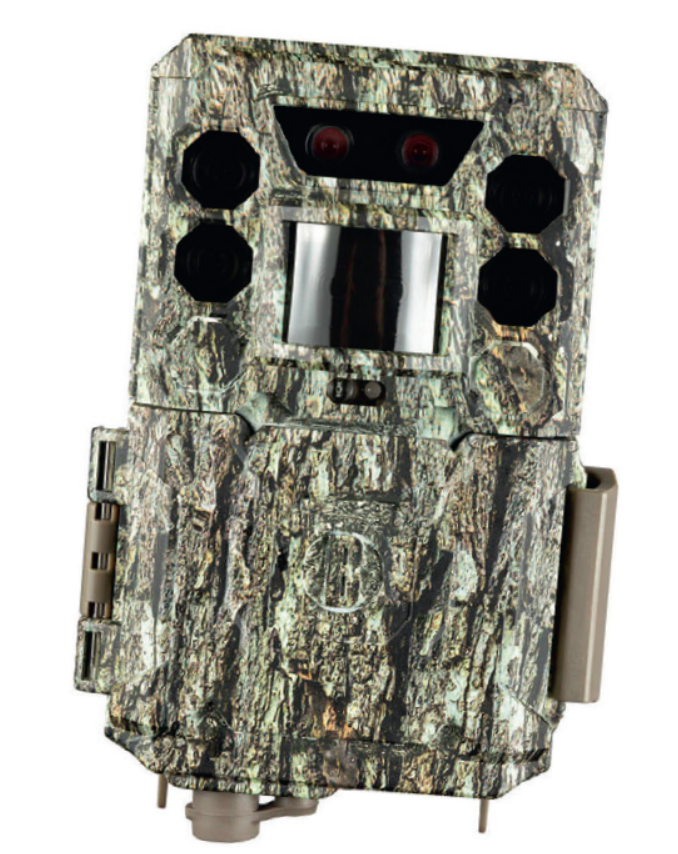
Skypoint Force Pro
The Force-Pro is fitted with a high-powered 30MP camera for high-definition photography as well as video capture at 4K resolution with audio. The trail cam’s sub-second trigger speed, long-distance detection and high-powered LEDs mean you will be able to get the most user-friendly Spypoint experience.
RRP £159.95
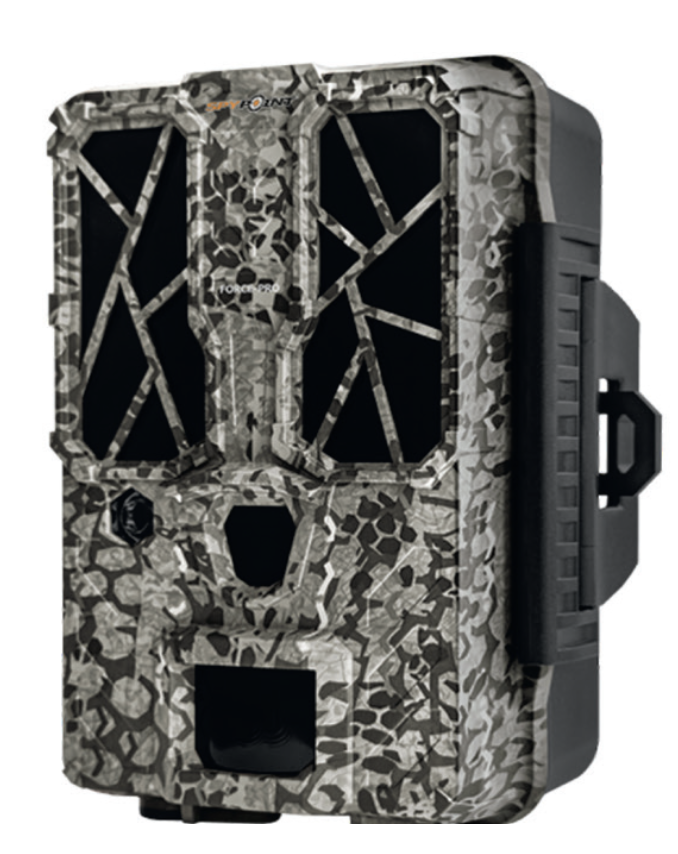
HikMicro M15 4G
This compact trail cam from HikMicro boasts mobile connectivity and a 0.5sec trigger time. It captures 10MP photos and 1080P video by day and night and comes with a fastening strap, SIM card, antenna, USB and quick-start guide so you are able to start recording results straight away.
RRP £164.95
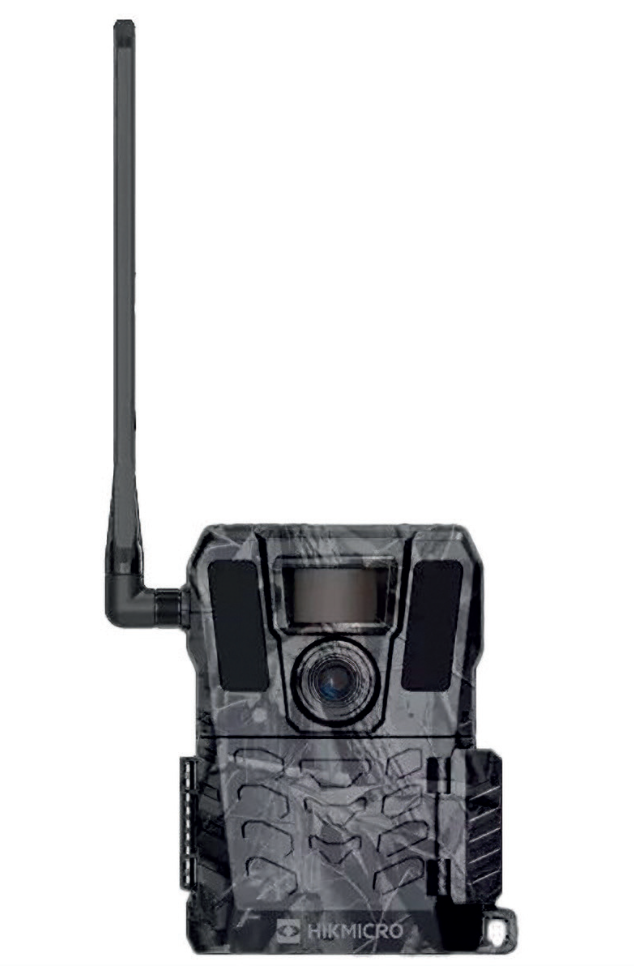
Browning Recon Force 4K Edge
With true 4K ultra-high-definition video, this unit features the highest quality of image and video of any of Browning’s trail cams. This camera has an adjustable detection range up to 80ft and Illuma-Smart Technology, which automatically adjusts the infrared flash for those perfect photos at night. A 2in colour display screen means you can view your images in the field.
RRPs available online
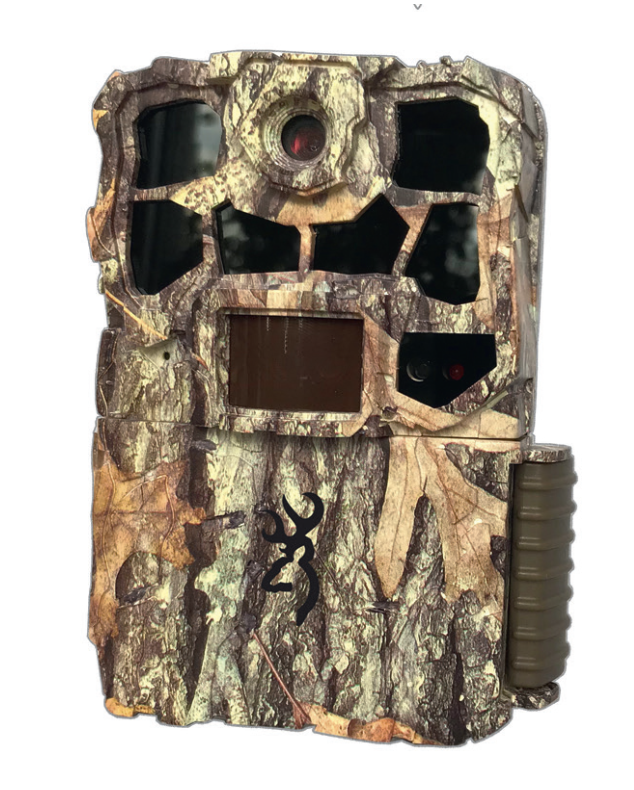
Related Articles
Get the latest news delivered direct to your door
Subscribe to Shooting Times & Country
Discover the ultimate companion for field sports enthusiasts with Shooting Times & Country Magazine, the UK’s leading weekly publication that has been at the forefront of shooting culture since 1882. Subscribers gain access to expert tips, comprehensive gear reviews, seasonal advice and a vibrant community of like-minded shooters.
Save on shop price when you subscribe with weekly issues featuring in-depth articles on gundog training, exclusive member offers and access to the digital back issue library. A Shooting Times & Country subscription is more than a magazine, don’t just read about the countryside; immerse yourself in its most authoritative and engaging publication.
